TETRAHYDRO-2-(2-PROPYNYLOXY)-2H-PYRAN
- CAS NO.:6089-04-9
- Empirical Formula: C8H12O2
- Molecular Weight: 140.18
- MDL number: MFCD00006604
- EINECS: 228-027-5
- SAFETY DATA SHEET (SDS)
- Update Date: 2025-01-27 09:38:02
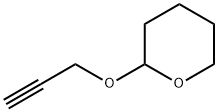
What is TETRAHYDRO-2-(2-PROPYNYLOXY)-2H-PYRAN?
Chemical properties
Clear colorless to light yellow liquid
The Uses of TETRAHYDRO-2-(2-PROPYNYLOXY)-2H-PYRAN
Tetrahydro-2-(2-propynyloxy)-2H-pyran was used in preparation of 1,3-dienyl acetal.
What are the applications of Application
Tetrahydro-2-(2-propynyloxy)-2H-pyran is an anion formed by metalation
Synthesis Reference(s)
Chemistry Letters, 6, p. 817, 1977
Organic Syntheses, Coll. Vol. 7, p. 334, 1990
Synthetic Communications, 19, p. 901, 1989 DOI: 10.1080/00397918908051010
General Description
The anion formed by metalation at the acetylenic carbon reacts with a variety of electrophiles.
Properties of TETRAHYDRO-2-(2-PROPYNYLOXY)-2H-PYRAN
| Boiling point: | 63-65 °C9 mm Hg(lit.) |
| Density | 0.997 g/mL at 25 °C(lit.) |
| refractive index | n |
| Flash point: | 139 °F |
| storage temp. | 2-8°C |
| form | Liquid |
| Specific Gravity | 0.997 |
| color | Clear colorless to light yellow |
| CAS DataBase Reference | 6089-04-9 |
Safety information for TETRAHYDRO-2-(2-PROPYNYLOXY)-2H-PYRAN
| Signal word | Warning |
| Pictogram(s) |
 Flame Flammables GHS02 |
| GHS Hazard Statements |
H226:Flammable liquids H315:Skin corrosion/irritation H319:Serious eye damage/eye irritation |
| Precautionary Statement Codes |
P210:Keep away from heat/sparks/open flames/hot surfaces. — No smoking. P233:Keep container tightly closed. P240:Ground/bond container and receiving equipment. P241:Use explosion-proof electrical/ventilating/lighting/…/equipment. P242:Use only non-sparking tools. P243:Take precautionary measures against static discharge. P264:Wash hands thoroughly after handling. P264:Wash skin thouroughly after handling. P280:Wear protective gloves/protective clothing/eye protection/face protection. P303+P361+P353:IF ON SKIN (or hair): Remove/Take off Immediately all contaminated clothing. Rinse SKIN with water/shower. P305+P351+P338:IF IN EYES: Rinse cautiously with water for several minutes. Remove contact lenses, if present and easy to do. Continuerinsing. P332+P313:IF SKIN irritation occurs: Get medical advice/attention. P337+P313:IF eye irritation persists: Get medical advice/attention. P370+P378:In case of fire: Use … for extinction. P403+P235:Store in a well-ventilated place. Keep cool. |
Computed Descriptors for TETRAHYDRO-2-(2-PROPYNYLOXY)-2H-PYRAN
| InChIKey | RNRIMDSCBRDPLC-UHFFFAOYSA-N |
New Products
4-Piperidinemethanol Ethyl 2,4-Dihydroxy-6-methylnicotinate Ethyl isonicotinate 3-pyridine methanol N-Methyl 4-chloro-pyridine-2-carboxamide 2-Fluoro-6-iodobenzoic acid 2-((2,6-difluorobenzyl)(ethoxycarbonyl)amino)-4-((dimethylamino)methyl)-5-(4-nitrophenyl)thiophene-3-carboxylic acid Ethyl2-oxo-2,3,9,10-tetrahydro-1H-pyrido[3',4':4,5]pyrrolo[1,2,3-de]quinoxaline-8(7H)-carboxylate Elinzanetant tert-butyl 2-(4-amino-6-chloropyrimidin-5-yloxy)ethylmethylcarbamate Phenylazomalononitrile 5,6 Dimethoxy-1-indanone 3-Iodophenylacetic acid 2-Hexyn-1-ol Dibenzo-18-crown-6 2-Propanamine, 1-chloro-, hydrochloride (9CI) 3-Pyridineacetonitrile, α-hydroxy- 3-(hexyloxy)-4-(pyridin-3-yl)-1,2,5-thiadiazole N Ethylmethylamine Ethyl Methanesulfonate N N' DimethylEthylenediamine Lead II Bromide Variamine Blue B Diazonium salt N N N'Trimethyl ethylenediamineRelated products of tetrahydrofuran
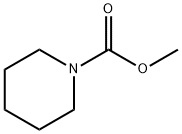

![2-([3-(2,4-DIFLUOROPHENYL)PROP-2-YNYL]OXY)TETRAHYDRO-2H-PYRAN](https://img.chemicalbook.in/StructureFile/ChemBookStructure4/GIF/CB0309853.gif)

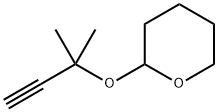
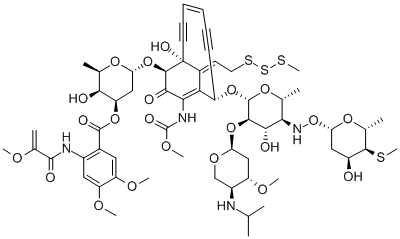
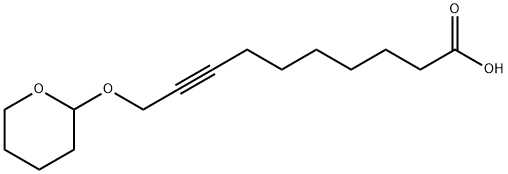

You may like
-
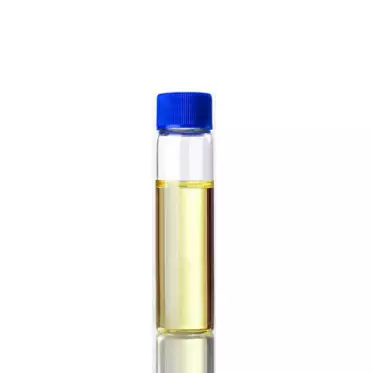 6089-04-9 2-Propargyloxytetrahydropyran 98%View Details
6089-04-9 2-Propargyloxytetrahydropyran 98%View Details
6089-04-9 -
 Tetrahydro-2-(2-propynyloxy)-2H-pyran 97% CAS 6089-04-9View Details
Tetrahydro-2-(2-propynyloxy)-2H-pyran 97% CAS 6089-04-9View Details
6089-04-9 -
 Tetrahydro-2-(2-propynyloxy)-2H-pyran, 98% CAS 6089-04-9View Details
Tetrahydro-2-(2-propynyloxy)-2H-pyran, 98% CAS 6089-04-9View Details
6089-04-9 -
 2-(2-Propynyloxy)tetrahydropyran CAS 6089-04-9View Details
2-(2-Propynyloxy)tetrahydropyran CAS 6089-04-9View Details
6089-04-9 -
 Tetrahydro-2-(2-propynyloxy)-2H-pyran CAS 6089-04-9View Details
Tetrahydro-2-(2-propynyloxy)-2H-pyran CAS 6089-04-9View Details
6089-04-9 -
 5162-90-3 2-Amino-3-(1,2-dihydro-2-oxoquinoline-4-yl)propanoic acid 97%View Details
5162-90-3 2-Amino-3-(1,2-dihydro-2-oxoquinoline-4-yl)propanoic acid 97%View Details
5162-90-3 -
 4-(4-Chlorobenzyl)-2-(1-methylazepan-4-yl)phthalazin-1(2H)-one hydrochloride 98 %View Details
4-(4-Chlorobenzyl)-2-(1-methylazepan-4-yl)phthalazin-1(2H)-one hydrochloride 98 %View Details
79307-93-0 -
 (R)-2-amino-N-benzyl-3-methoxypropanamide 98%View Details
(R)-2-amino-N-benzyl-3-methoxypropanamide 98%View Details
196601-69-1
Statement: All products displayed on this website are only used for non medical purposes such as industrial applications or scientific research, and cannot be used for clinical diagnosis or treatment of humans or animals. They are not medicinal or edible.
